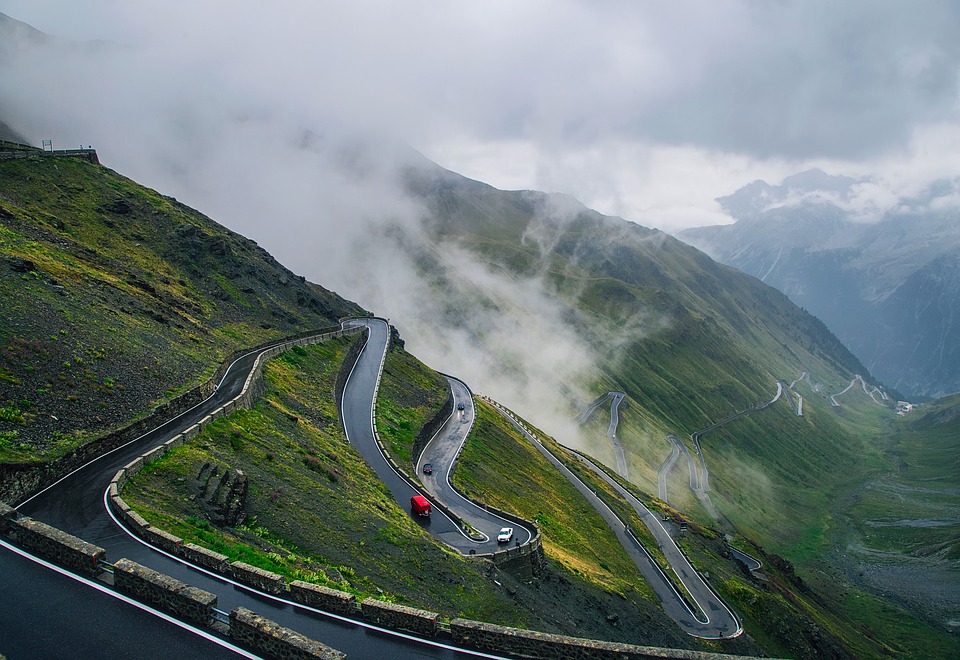
Breaking the boundaries can help create greater diversity and differentiation of the range of tourism and environmental products. The relationships between tourism and borders are complex and include borders as tourist attractions and destinations, landscape transformers, transit spaces, barriers to travel e.g., visas, border functions, and constraints to development. In recent times some relationships have changed recently with the geopolitics and are for the betterment of all. It’s an excellent concept to connect most of the Asian countries under one crown but it is also a matter of concern that the political disputes between some countries, notably Pakistan and Myanmar, which is delaying the project might participate to make it a better place. Many resources are located at international boundaries. Border tourism has two perspectives. First, the borderline is an anomalous part of the cultural landscape and an interesting attraction. Second, the areas adjacent to a border have become settings for several tourism activities.
The entire North Eastern Region acts as the gateway to Southeast Asia. Therefore the development of the communication infrastructure of the northeastern region is a great boost for the region and from a tourism perspective. It gets linked to the neighboring South East Asian countries of Bangladesh, Nepal, Myanmar, Thailand, Malaysia, Vietnam, Bhutan & China. Re-opening of the Stillwell Road to link North East Indian Region to Kunming, the capital City of Yunan Province of China, through Myanmar will greatly boost to Tourism. The whole length of the project is divided into various stretches, numbered from AH1 to AH87. Single-digit roads are major roads in the network that connect more than one sub-region. The AH1 is a 20,557 kilometers highway from Tokyo to the Turkey-Bulgaria border. It is the longest among the entire network and passes through Korea, China, south-east Asia, India, Pakistan, Afghanistan, and Iran. It brings in greater diversity and differentiation of the range of tourism and environmental products; creates economies of scale and makes the promotion more effective, and can help address specific problems or issues for tourism development. Following the AH1 and the AH5 from Tokyo (the Highway grid’s furthest point East) to Istanbul (furthest West), they drove a total of 12089 km (7512 miles) before joining the European motorway network for another 3259 km (2025 miles) to London. Including ferry trips and customs clearance delays, the journey took 49 days and crossed 18 countries.
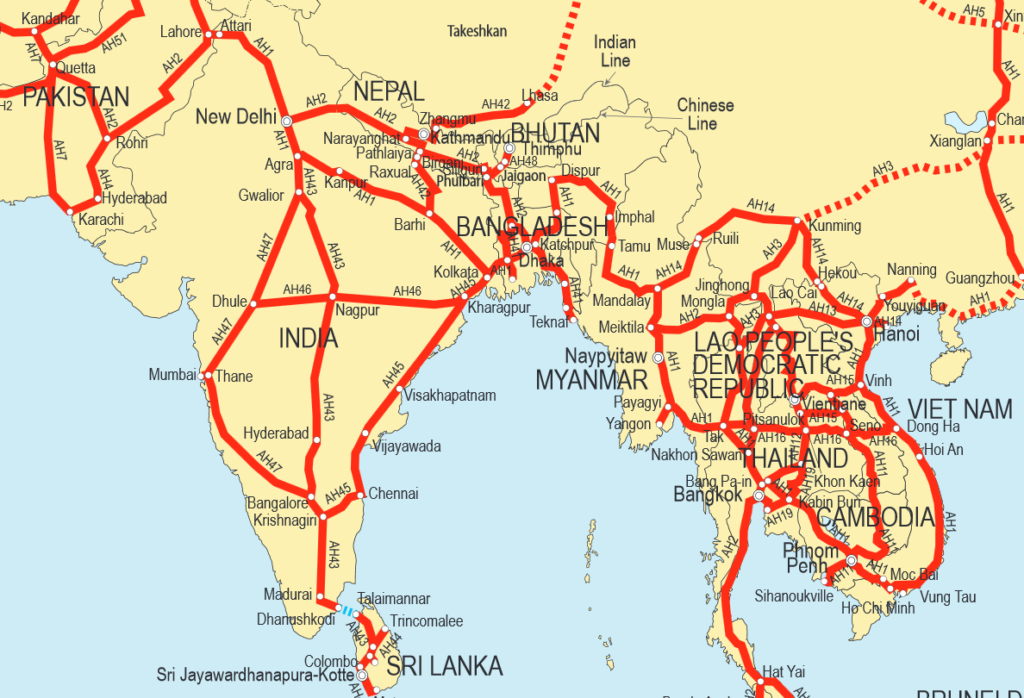
The Myawaddy-Thinggan Nyenaung-Kawkareik section of the Asian Highway Network that connects India and Thailand via Myanmar has been opened for public use. Under the Asian Highway (AH) Network, India has a total of 11,432 kilometers of road length. The new International highway runs from Moreh in Manipur, India, to Maesot in Thailand via Myanmar’s Tamu, Mandalay and Myawaddy.
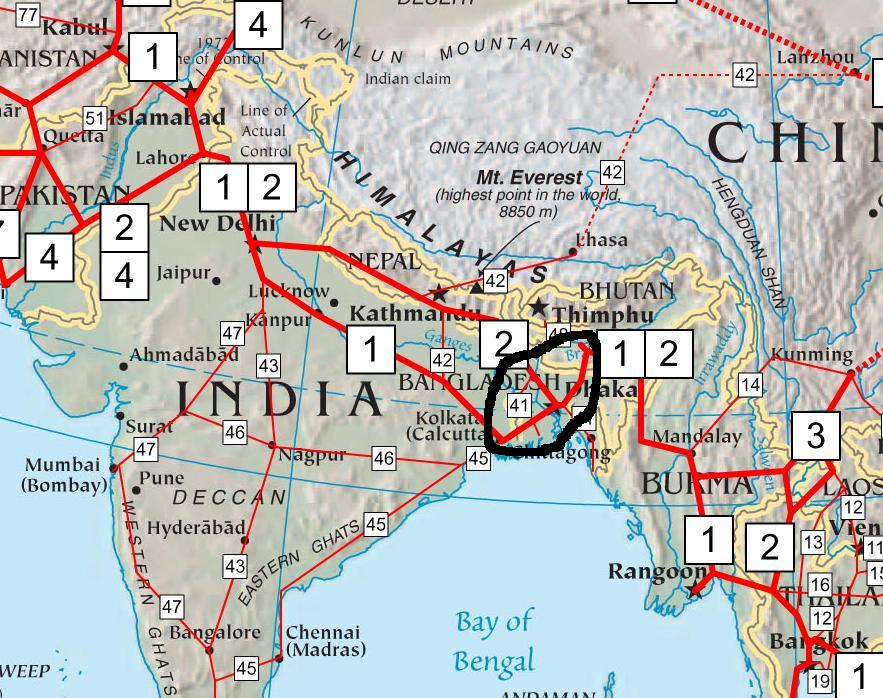
Hotel Chains of International & National brand has started operating along the Highway for Example Marriott & Mayfair is operational. Job opportunities and Tourism is has started reaping the benefits. Infrastructure development will gradually attract various other companies to join hands. North Bengal will be a tourism Hub in this region provided it keep up with the pace of the development. Generally, cross-border regions often share the same historical and cultural traditions and attractive natural landscapes which will automatically increase the potential of tourism. Cross-border regions can benefit from greater diversity and differentiation of the range of tourism and environmental products. It creates economies of scale and makes promotion more effective, and can help better address specific problems or issues for tourism development. Asian Highway Agreement is meant to reduce the isolation of many landlocked Asian nations
Asian Highway network to date comprises slightly over 125,000 kilometers of roads that have been selected for their potential to serve international trade within the ESCAP* region as well as between Asia and Europe.
ESCAP* is the Economic and Social Commission for Asia and the Pacific (ESCAP) serves as the United Nations’ regional hub promoting cooperation among countries to achieve inclusive and sustainable development. The largest regional intergovernmental platform with 53 Member States and 09 associate members. ESCAP has emerged as strong regional think-tank offering countries sound analytical products that shed insight into the evolving economic, social and environmental dynamics of the region.
This Intergovernmental Agreement on the Asian Highway Network is the first treaty. The Agreement is an important tool to facilitate international trade and tourism, promote regional integration and enhance international cooperation.
Eastern Himalayas Travel and Tour Operators’ Association (EHTTOA) has already crossed the boundaries and have signed MOU with Nepal & Bangladesh is looking forward to include more. Over 350 members of EHTTOA includes members from North East India, Bhutan, Nepal & Bangladesh has joined hand and is on the way for expanding further
Trivia: It is believed that the first car crossing of the full extent (East to West) of the new Asian Highway was achieved by Britons Richard Meredith and Phil Colley in 2007 driving an Aston Martin.
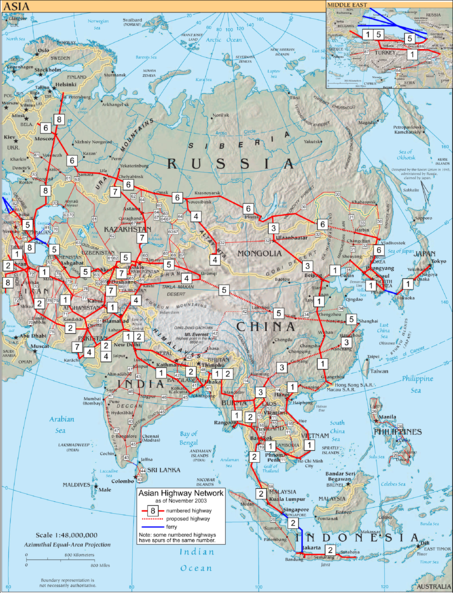
Fact Sheet
AH, routes along with the international road system, spanning 32 countries. The whole length of the project is divided into various stretches, numbered from AH 01 to AH 87. Single-digit roads are major roads in the network that connect more than one sub-region. The AH1 is a 20,557 kilometers highway from Tokyo to the Turkey-Bulgaria border. It is the longest among the entire network and passes through Korea, China, south-east Asia, India, Pakistan, Afghanistan and Iran.
AH2 is a 13,177 kilometers roadway from Denpasar in Indonesia to Khosravi in Iran. It passes through Indonesia, Singapore, Malaysia, Thailand, Myanmar, India, Bangladesh, Nepal, Pakistan, and Iran.
The 7,331 kilometers AH 3 runs from Ulan-Ude in Russia to Tanggu in China and from Shanghai in China to Chiang Rai in Thailand and Kengtung in Myanmar. The AH 4 is a 6024 kilometers route from Novosibirsk in Russia to Yarantai in Mongolia, and then from Urumqi in China to Karachi in Pakistan.
The AH 5 is 10380 kilometers long from Shanghai in China to the Turkish-Bulgarian border. It passes through Kazakhstan, Kyrgyzstan, Uzbekistan, Turkmenistan, Azerbaijan, and Georgia. It connects to AH1 in the west of Istanbul.
10475 kilometers AH 6 connects from Busan, South Korea, to the Russia-Belarus border. It mostly coincides with the Trans-Siberian Highway and European Route E 30.
AH, 7 is a 5868 kilometers highway between Yekaterinburg in Russia and Karachi in Pakistan. The AH 08 is a 4718 kilometers route from the Russia-Finland border to Bandar Imam in Iran.
The routes AH 10 to AH 29 and AH 100 to AH 299 are mostly in south-east Asia. The AH 30 to AH 39 are assigned to East Asia and AH 300 to AH 399 are in north-east Asia. The AH 40 to AH 59 and AH 400 to AH 599 run in South Asia. The AH 60 to AH 89 is in North and Central Asia. The AH 600 is AH 899 is assigned to south-west Asia.
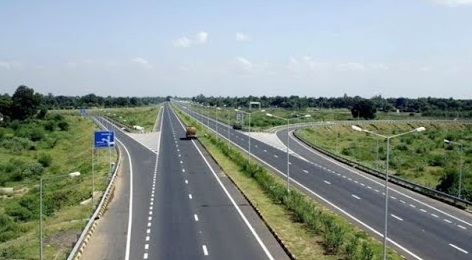
Road-type classifications and standards across the Asian Highway Network
Various classification and design standards were put forth for constructing new roads and upgrading existing ones. The whole network is classified into four types: primary, class I, class II and class III.
Primary classes are access-controlled highways, where two-wheelers, lightweight vehicles, and pedestrians are not allowed. The speed limit for these roads varies between 60 and 120 KMPH. They are laid with asphalt or cement concrete.
Class I roads have four or more lanes. These are built with asphalt or cement concrete and have a speed limit of 50 to 100 KMPH. Class II are two-lane roads built with asphalt or cement concrete. The speed limit on these roads is 80 KMPH.
Class III roads are two-lane roads built using a double bituminous treatment. The speed limit is 60 KMPH. Class III is the minimum desirable standard and is preferred where the funding is less or land for the construction is limited.
More than 18162 kilometers is in the primary class, while 22000 kilometers of the network, which are below class III standards, need to be upgraded.
Financing the major $ 26 Billon Great Asian Highway project: About $ 26 Billion has been invested in the project and $ 18 Billion more is required. China has been the biggest investor with $ 6.65 Billion, followed by India at $ 3.64 Billion and Russia at $ 2.65 Billon.

Contact: www.dreamwaydestinations.com & www.visittobengal.com Or Call me at +919733465000 & +919474092500 Or WhatsApp : +918617432205